Every subclass in the 2024 D&D Player’s Handbook
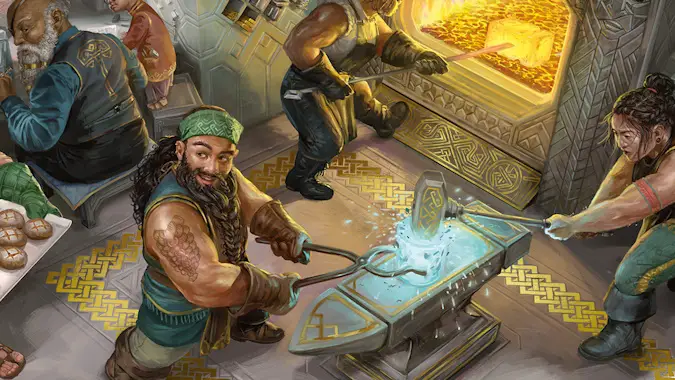
Concrete details about the 2024 revamp of the Dungeons & Dragons Player’s Handbook are finally starting to filter out to the gaming public, and one of the important questions on everyone’s mind has been: what are the official core rulebook subclasses?
We’ve been promised a mix of newly added subclasses, older subclasses brought forward (including some from non-core books), old subclasses so heavily revamped that they’re practically new, and more — and it’s looking like that list delivers, although some of the exclusions are almost as interesting as the inclusions.
Here’s every subclass that will be in the 2024 Player’s Handbook.
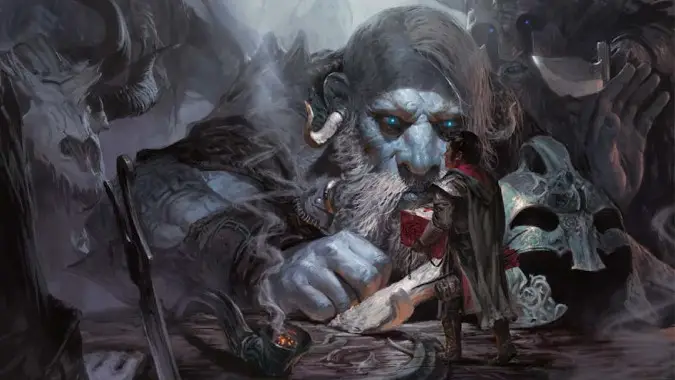
But what about…?
What about Artificers? Sorry, it looks like the Artificer — which originated in Eberron, but later made the cut to the core-adjacent Tasha’s Cauldron of Everything, are not considered a core class in the 2024 edition of the Player’s Handbook yet again. If you wanted to play one, you could do so (the rules even say you can play 2014 characters alongside 2024 characters), but you might feel less effective in play than classes that have been updated to match new rules. You’d also likely want to adjust the levels you obtain subclass features — see below.
What about (insert your favorite subclass here)? Each class has four subclasses, meaning some of your favorites didn’t make the cut. Wizards of the Coast says subclasses from older material are fully compatible with the new class rules, but “compatible” doesn’t mean “without work.” One major change in 2024 is that every class now picks their subclass at level 3 and subclass features arrive uniformly at levels 3, 6, 10, and 14. Previously, some subclasses were available at level 1 or 2, and some classes had more or fewer subclass features. Your older content isn’t incompatible, it just might require a little elbow grease on your part.
But you may want to look into bumping up the power level of subclasses that didn’t make it into the new core rules, because as you’ll see some of the subclasses that were formerly somewhat underwhelming have been bumped up in terms of power and utility — most likely because for many of the classes, these were the only subclasses tested at any point during the playtest process. Older subclasses may feel weak in comparison.
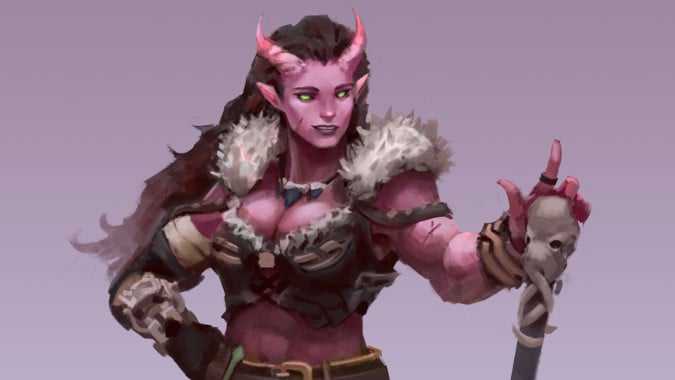
Barbarian
Barbarian only had two subclasses in the older Player’s Handbook, and those two are brought forward and joined by a subclass from a non-core book as well as something entirely new. You’ll notice this is a trend across the board; classes that only had two subclass options in the old PHB — more than you’d think! — now receive additional options, whether that’s from other published material or something entirely new.
- Path of the Berserker — You know it, you love it, if you played Baldur’s Gate 3 you probably reclassed Karlach into it; these Barbarians get mad and break stuff. This was one of the Barbarian subclasses in the previous Player’s Handbook and it’s straightforward enough that it’s not surprising to see it come back.
- Path of the Wild Heart — Formerly known as Path of the Totem Warrior, presumably still channeling animal spirits for superpowers. This was the other subclass in the old PHB, and it’s such a fan favorite (especially of tanky Barbarians) that it was bound to make it in.
- Path of the World Tree — A wholly new subclass to the 2024 PHB, empowered by Yggdrassil the World Tree and focused on movement. We got a look at these in playtest #8, and the Dungeon Dudes have a video that takes a look at this brand-new subclass!
- Path of the Zealot — Ever been so angry and filled with divine fervor that you refused to die? Formerly from Xanathar’s Guide to Everything, this subclass has been promoted to a core book subclass now.
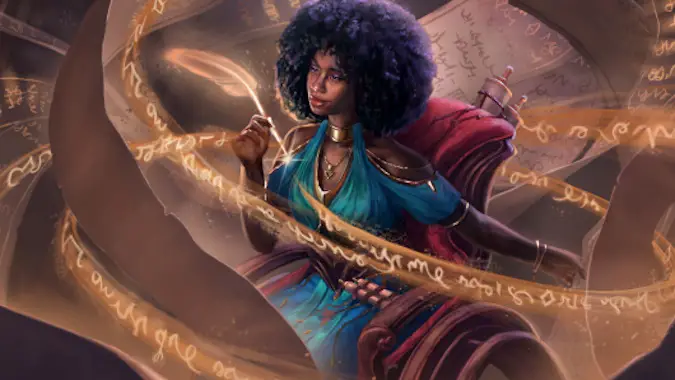
Bard
Similarly to the Barbarian, Bard has its two previous PHB subclasses supplemented by a new one and a returning non-core one. Some of the more esoteric ones like College of Creation remain out of the core books, and the combat-focused Bard subclass we got is probably the less fun of the two that have been officially published, but at least the option is there if you want to get into scraps as much as you want to talk your way through situations.
- College of Dance — Our second wholly new 2024 subclass, last seen in playtest #6, Bards can now dance circles around their foes (literally and figuratively) for magical effect. YouTuber Ginny Di got to take a look at this new school, along with some bard updates in general.
- College of Glamour — Another subclass originating from XGtE, Glamour Bards weave the magic of the Feywild into their enthralling performances.
- College of Lore — For Bards who really want to focus on knowing the perfect spell for any occasion, the College of Lore has been brought forward from the old PHB to the new one.
- College of Valor — While some people may have been hoping for XGtE’s College of Swords to represent the “battle Bards,” instead, the College of Valor is still in the Player’s Handbook. Hopefully it’s a bit less lackluster this time.
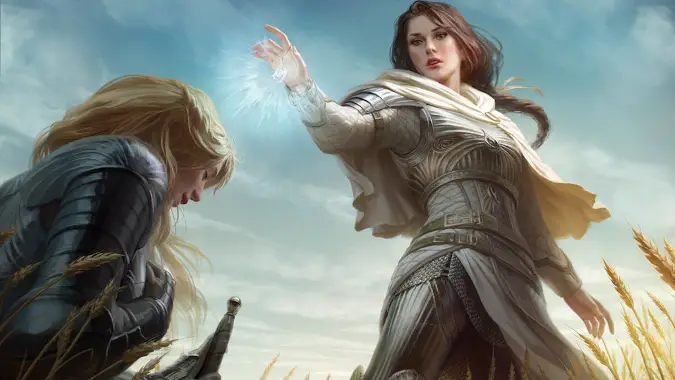
Cleric
Unlike some of the others, all four of these are from the previous edition of this book. Nothing new, and nothing promoted. Sorry, fans of the utterly broken Twilight Cleric!
- Life Domain — While healing in D&D can still feel like a losing battle sometimes, the Life Domain is iconic enough that it was bound to be represented here.
- Light Domain — The deceptively blasty Light Cleric also makes the leap from the old PHB to the new one. If you want to scourge your foes with divine power, this is one way to do it.
- Trickery Domain — honestly, given the reaction of most players who’ve tried this, I feel like this inclusion is entirely thanks to the existence of hater, gatekeeper, and God’s favorite princess, Shadowheart. Trickery has always been an okay subclass with some fun features, and as of playtest #6 it had gotten some changes that really made it nicer to play, like their Invoke Duplicity feature no longer requiring concentration and Blessing of the Trickster finally being applicable to yourself (so now that flavorful Trickery Cleric/Rogue multiclass you have in your head might finally work).
- War Domain — They say the best defense is a good offense, and this subclass is here to get the job done on the frontlines. War Clerics are interesting finally in ways that differentiate them from just being a worse version of a Paladin, and they also are one of the few Cleric subclasses (possibly the only one in the PHB) that are able to use the new Weapon Mastery feature, allowing them to get bonus effects when wielding a weapon.
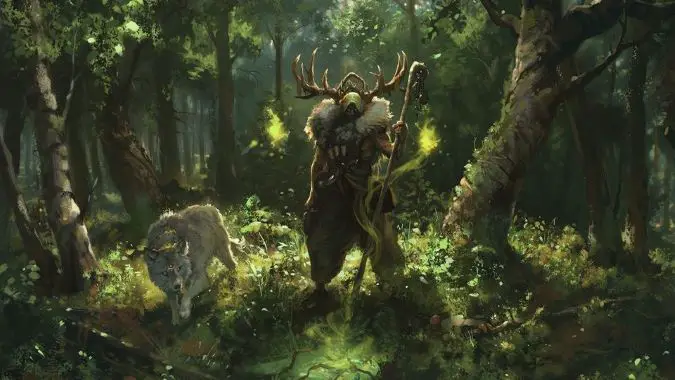
Druid
Druids underwent a lot of changes in the playtesting process for this edition of D&D, almost all of it centered around Circle of the Moon’s rework and lots of changes to Wild Shape, with these changes continuing right up until the 8th and final playtest packet. Much like the other classes with only two subclasses originally, Druids have a whole new option as well as an option promoted from a supplementary book.
It’s actually worth a few notes about how Wild shape worked as of the last playtest, because it really changes how you consider some subclasses:
- You know a set number of forms now, instead of being able to change into anything of a given Challenge Rating or below. You can swap these forms out on a Long Rest.
- You no longer retain physical features of your species when shapeshifted.
- Wild Shaped Druids are no longer ridiculously tanky at low levels — you gain temporary hit points equal to your Druid level, and if you run out of hit points, you don’t revert to your humanoid form with full health — you drop, just like if you normally ran out of health. Time to brush up on those death saving throws!
- You can also (at level 2) expend a use of Wild Shape to cast Find Familiar, and the resulting creature is always a Fey, so finally you can be a Druid with an animal buddy.
- Starting at level 5 you can convert spell slots into Wild Shape uses, 1 per turn (though it doesn’t require an action).
- At level 18 you can cast spells in Wild Shape form.
With that out of the way, let’s look at your choices:
- Circle of the Land — Otherwise known as “the Druid that casts spells,” the Circle of the Land is great at having lots of options for battlefield control due to being in touch with nature. This subclass gains some bonuses geared towards spellcasting (such as a variant of the Wizard’s Arcane Recovery, available to them at 6th level), but really benefits from options in the Druid class that now strongly benefit Druids who want to be spellcasters instead of focusing on shapeshifting, such as bonus cantrips and extra range on cantrips.
- Circle of the Moon — The subclass that most infamously outshines every other class in the game … for about five levels. This class still focuses entirely on shapeshifting and being better in Wild Shape forms, but the changes to how health works especially mean they aren’t just automatically the best at everything from 2-10. They’re still pretty tanky, but no longer overpowered. They also gain some moon-themed powers, such as a teleport in a burst of moonlight, and gain bonus radiant damage on their attacks.
- Circle of the Sea — No, not the Oath of the Open Sea, that’s a Paladin. Now we have sea Druids! This is a completely new subclass for 2024, originally previewed in the 6th playtest material set, whose central feature is using Wild Shape to conjure up Wrath of the Sea — essentially a version of Spirit Guardians that pushes enemies away from you, deals damage, and eventually also lets you fly. If you like stormy magic, you might like this subclass — and yes, they gain enough features that work away from the water that if you aren’t in a coastal or seafaring game, you could still feasibly play a Sea Druid.
- Circle of Stars — One of the coolest subclasses from Tasha’s Cauldron of Everything makes the jump to the core Player’s Handbook. Shapeshift into a living constellation and fire star arrows at your foes.
![]()
Fighter
Alongside their three returning PHB subclasses, Fighters are part of an emphasis on psionics in the core rules again. Kind of odd, then, that the Mystic (or Psion, or whatever you want to call it) did not appear as a new class. But then again, that would’ve just gotten my hopes up for Dark Sun to return as a supported setting. I would’ve liked to see Champion take a hike in favor of the far more interesting Rune Knight, or even the Samurai, but realistically I guess they still need the simple option of Hit Enemy Very Hard: The Subclass. Fighters also had a playtested subclass called the Brawler, which made it all the way to the 7th playtest before disappearing — likely due to a lot of overlap with the Monk.
Fighters are also going to be very interested in the new Weapon Mastery system, which allows them to get extra benefits based on type of weapon — so now you have a reason to look at weapons besides just the one with the largest damage die!
- Battle Master — The Fighter with options, Battle Masters will still be using maneuvers to … well, outmaneuver their foes.
- Champion — sometimes, at the end of the day, you just want to see big numbers. A subclass that focuses on making it easier to land critical hits? Here you go.
- Eldritch Knight — While this subclass sometimes gets criticized for just being “a Fighter who also knows the Shield spell,” surely we’ll see some changes in this edition to make them moderately more interesting.
- Psi Warrior — One of two now-core inclusions of psionics, this subclass makes the leap from Tasha’s to be part of the core rules. Hopefully they’ve got a little more they can do with their cool mind powers.
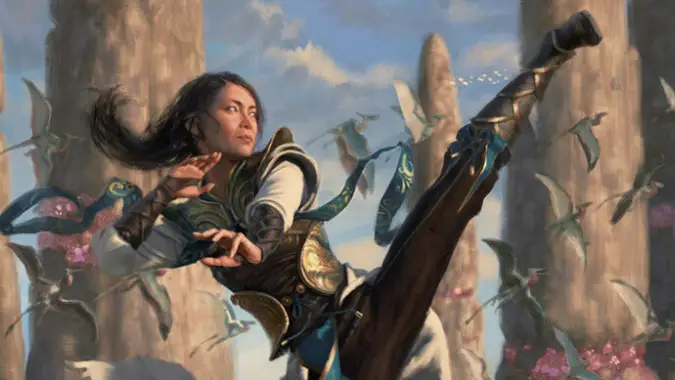
Monk
While they were powerhouses in BG3, Monks at the table have always been a little weak, largely owing to discipline (formerly known as ki) usage outstripping its availability and their exclusion from some of the best magic items. Monks now feel stronger from the get-go, with a larger Martial Arts die, some easing off on use of discipline (for example, Step of the Wind now always allows you to Dash as a Bonus Action; spending 1 Discipline allows you to cram both Dash and Disengage into a single Bonus Action instead), access to Weapon Mastery features when using simple weapons; to go with that, their three PHB subclasses have been joined in 2024 by an additional option from Tasha’s.
- Warrior of Mercy — Masters of the flows of life and death, these monks from TCoE have some neat lore, cool masks, and the ability to do some very incidental healing. Hopefully they’re a little better now than that description implies — it would be interesting to see a Mercy Monk as a viable option for a player who wants to play a “healer” but balks at the traditional Life Cleric.
- Warrior of Shadow — It’s a ninja. Let’s just call a ninja a ninja. Shadow magic, sneaky martial arts, this is a ninja.
- Warrior of the Elements — Way of the Four Elements got a name tweak. Hopefully they got better ki economy to go with their mix of martial arts and renamed spells.
- Warrior of the Open Hand — The “traditional” Monk, focused on pummeling foes until they stop moving, is also back in this edition.
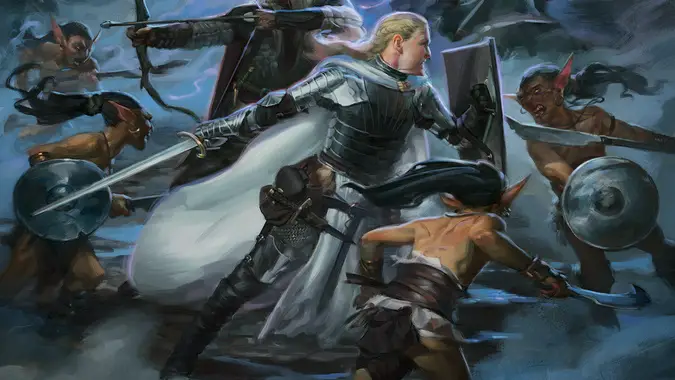
Paladin
A promoted subclass for Paladins is joining the three from the older Player’s Handbook, but it’s not the one you might have expected. (It’s not Conquest.) Paladins had a lot of ups and down over the playtesting process — having Divine Smite go in and out of the spell list, at one point having Smites also accessible to Clerics, briefly being able to smite with ranged weapons, and more.
Well, Divine Smite is now a spell — and your smite options have diversified, with Paladins now always having a range of smite options prepared, like Thunderous Smite and Banishing Smite. Additionally, these spells have been made less clunky, and now work a lot like the old Divine Smite. The downside to this is that Smite spells now consume your Bonus Action — but you weren’t using that for much anyway, were you? They also now work with unarmed strikes, so the punchy Paladin of your dreams can now be a reality.
- Oath of Devotion — They’re still Lawful Good: The Subclass. Devoted to all things lawful and good and kind. Fine upstanding citizens, the iconic Paladin.
- Oath of Glory — On the other hand, these folks are basically Greek heroes, with their oath to achieve everlasting glory through fine acts of heroism. This subclass was formerly part of Tasha’s Cauldron of Everything.
- Oath of the Ancients — Our nature-aligned heavily-armored green knights are still here, as well.
- Oath of Vengeance — Would Paladin really be Paladin without the dark and brooding “quest for revenge” subclass around? Probably not.
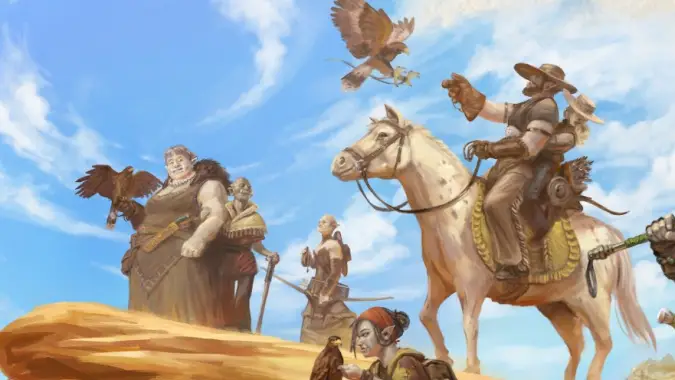
Ranger
Another class that started off weak in the core books like Monk, but which — through optional features — got better. Several of the optional features got made baseline or even improved upon, such as the new version of Favored Enemy, which focuses not on hunting down a single subtype of monster, but instead shows how good you are at focusing on a single foe by allowing you to always have Hunter’s Mark prepared and cast it a number of times per long rest equal to your Wisdom modifier without using a spell slot.
- Beast Master — One of the subclasses that’s allegedly been heavily revamped, which is good, because the ranger and their animal pal is a core fantasy for this class but not one that’s been typically represented well at the table in an effective way.
- Fey Wanderer — Formerly from Tasha’s, the Feywild-touched Ranger subclass has such a wide variety of options that they’re good at a lot of things, even if they’re not great at all of them, and bring a little mysticism back to your wilderness warrior.
- Gloom Stalker — If you’re into tabletop optimization at all, you no doubt are familiar with the Gloom Stalker from Xanathar’s. If that’s you, you’re also probably happy to see it back and part of the core rules. It’ll be interesting to see if its general power level gets tamped down at all — Gloom Stalker notoriously has enough front-loaded power that it makes a fine dip for lots of other classes when multiclassing.
- Hunter — The basic iconic Ranger, just out here hunting things. This is brought forward from the older PHB, and hopefully it’s not quite as boring as it has always sounded.
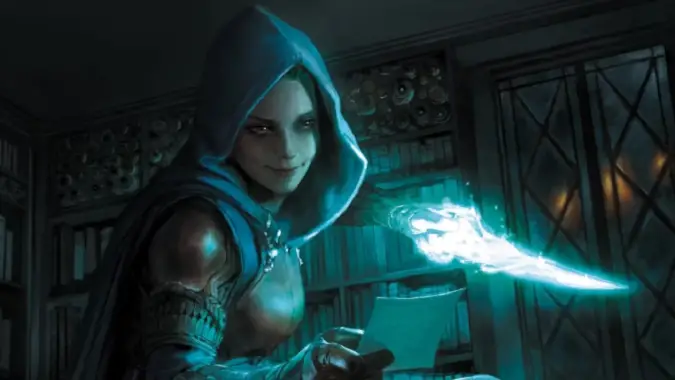
Rogue
The three core subclasses are joined by a promoted subclass that indicates a continuing focus on psionics. Looking over the other subclasses, I think the only other one that maybe should’ve been here was Swashbuckler — which was in playtesting for inclusion as late as the 6th playtest packet — but Soulknife is very cool for all your Psylocke fantasies, so it’s not a bad option.
- Arcane Trickster — Combining a little magic with a little thievery, this subclass by design presented somewhat better choices for combining magic and not-magic than the Eldritch Knight. I don’t know that this one necessarily needed a lot of work, and I’m glad to see it back.
- Assassin — The stealthy killer Rogue (at least, the ones who aren’t Shadow Monks). Colby from d4: D&D Deep Dive has a video all about this subclass.
- Soulknife — Along with the Psi Warrior, this psionically-empowered subclass from Tasha’s Cauldron of Everything is now promoted to a core class. They already had some cool options, between never needing a real weapon and being able to help themselves get over the finish line on a near-miss skill check with the power of their mind alone, so I’m happy to see this one show up.
- Thief — The other iconic Rogue subclass, Thieves do a little bit of everything but there’s not a lot they do well other than take extra bonus actions (and, at higher levels, pilfer everyone’s magic items for their own use). It will be interesting to see if they get a more-defined identity here.
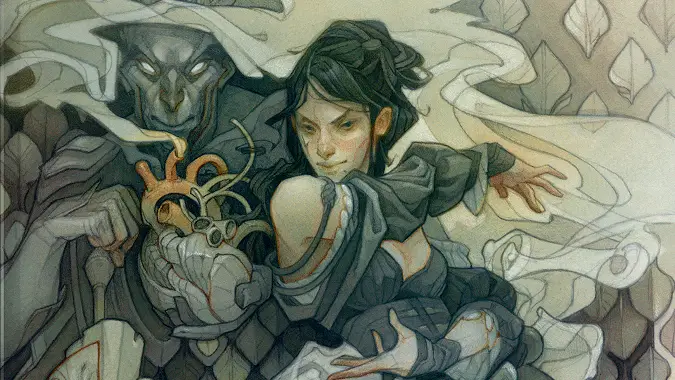
Sorcerer
If you liked the Tasha’s subclasses, then good news: they’re both here. There are so many interesting Sorcerer subclasses that I suspect it was hard picking two to join the PHB’s original two. However, the Tasha’s subclasses notably have a very powerful advantage over the others: they can swap spells in and out of their bonus spells from their subclass list, resulting in them being extremely flexible — moreso than other Sorcerer subclasses by miles. Wonder if they’ll maintain that part of their identity, or if maybe it’s being handed out to all Sorcerer subclasses?
- Aberrant Sorcery — Sometimes a person and a Cthulhu love each other very much, and that’s where you get these folks. This could also be considered more of the 2024 revision’s focus on psionics, as their class feature granting additional spells was formerly called Psionic Spells.
- Clockwork Sorcery — I am actually a little surprised to see this one end up in the core rules, given how the concept of the Clockwork Plane of Mechanus is a little esoteric to be part of the core rules, much less fathoming how it influences you to be able to naturally cast magic. There’s no denying it’s a powerful subclass, though, so popularity may have had something to do with it here.
- Draconic Sorcery — One of the two iconic, original Sorcerer subclasses. It’s not surprising to see it back, and I wouldn’t expect a lot of changes.
- Wild Magic Sorcery — This one, on the other hand, has had lots of changes from what we’ve heard to allow them to more reliably embrace the unexpected nature of their magic. I’m assuming this means “more Wild Magic surges without having to ask the DM on every spellcast that they could refresh Tides of Chaos for you.”
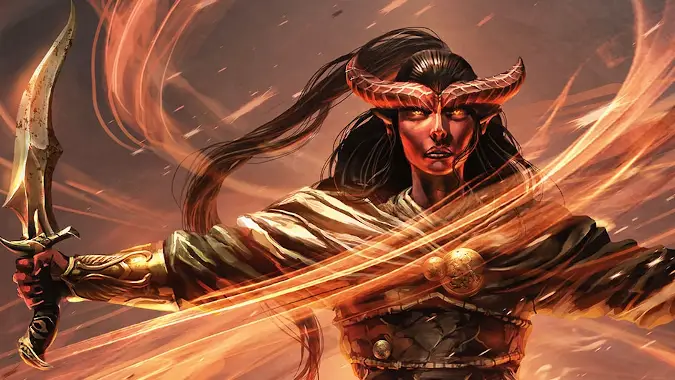
Warlock
Good news if you like selling your soul for power: in addition to the three core patrons from before, Warlocks also now have a fourth interesting option — not a new one, unfortunately, but a definite change that indicates Warlocks aren’t all shifty. There is a new general feature called Patron Spells, additional spells for each subclass that are added to your list of known spells; previously these mostly showed up on things like the Genie Patron Warlock. One thing that may disappoint some Warlock players (and a lot of Paladin players…) is not seeing the Hexblade here, however.
There’s also been some general shifts in how Warlocks work mechanically. Not Pact Magic — that’s still largely the same, although you do get an ability to recover half your spell slots in a pinch even without a short rest — although it does take a full minute, so not a combat option. Invocations now start arriving at level 1; there are a lot more of them (including the formerly separate features called Pacts), and you get access to a lot more of them. Also, you’re not necessarily chained to Eldritch Blast anymore: Invocations that formerly modified Eldritch Blast can now be applied to any Warlock damage-dealing cantrip you know!
- Archfey Patron — One of the subclasses that the designers have said is redesigned so heavily it’s practically a new subclass, which is good, because before it was a little disappointing in terms of the gap between fantasy and reality.
- Celestial Patron — Formerly from Xanathar’s, these warlocks previously had access to the entire Cleric spell list when deciding their limited number of known spells. Will that continue, or will they simply get a subset of them courtesy of the new Patron Spells feature?
- Fiend Patron — You can’t have a Warlock without someone selling their soul to a devil for power. Devils love contracts, and power.
- Great Old One — It’s not really a surprise to see the Great Old One Warlock return, but it has some fun new features (like converting damage from their spells to psychic, or being able to cast certain types of classes without verbal or somatic components — you guessed it, these are the psionic Warlocks). Mark Hulmes’ overview of the Great Old One also gives us a peek at some features you can expect to extrapolate out to all Warlock subclasses.
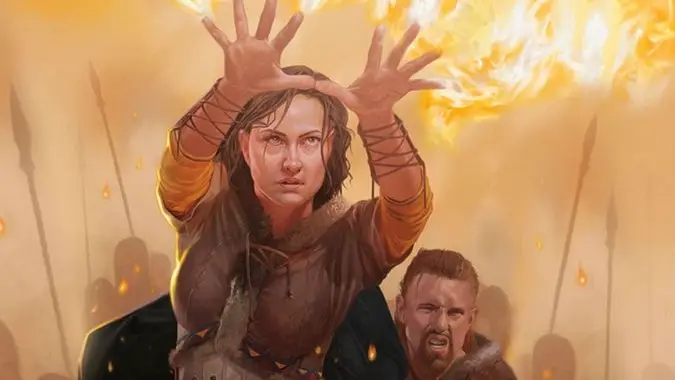
Wizard
Finally, despite nothing here being new, Wizard might have the most shocking change from the old PHB in that they have lost five subclasses. Only four remain, with the other five schools of magic (not to mention all the subclasses from Xanathar’s and Tasha’s not being here) having gone away for now. Of the four that remain, three were reasonably popular options before, while one takes advantage of new rules in the PHB — albeit not ones we’ve seen yet.
- Abjurer — The most protective wizard, Abjuration Wizards still focus on guards and wards, culminating in (as of playtest #7) gaining Advantage against spell saving throws, and Resistance to all spell damage, at level 14. Abjurers are now officially the cockroaches of Wizards.
- Evoker — There is no I in “team,” but there is an I in “I cast fireball.” One of the biggest power bumps for this already-popular subclass is that Evocation Wizards now gain Potent Cantrips (allowing them to deal half damage on a save with cantrips) at level 3 — so, immediately — instead of level 6.
- Diviner — As far as I can tell, the 2024 Divination Wizard is the same as the 2014 one — and that’s a positive thing, since it’s hard to improve upon the Diviner very much.
- Illusionist — The Illusionist is also largely the same as it was in 2014, but according to interviews with Jeremy Crawford there is now new guidance for both players and DMs in the core rulebooks about using and adjudicating around illusions. How successful the Illusionist really is depends on how well-written those rules are.
Please consider supporting our Patreon!
Join the Discussion
Blizzard Watch is a safe space for all readers. By leaving comments on this site you agree to follow our commenting and community guidelines.
 @awaymessageclub
@awaymessageclub



